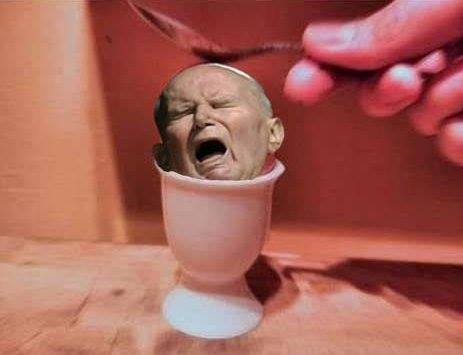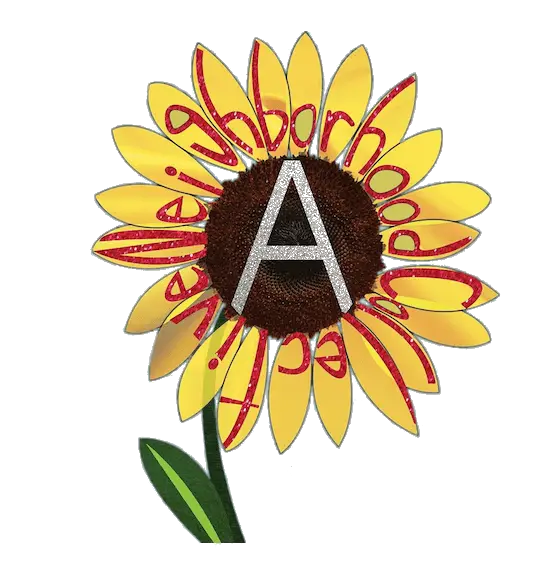Nic w porównaniu do posiadania sąsiadów
Jakie szkody środowiskowe powoduje posiadanie dziewczyny/chłopaka?
Dlatego psy nie powinny się rozmnażać :) a przede wszystkim dlatego, że w schroniskach cała masa czeka na adopcje.
Nie powinniśmy handlować życiem - dlatego nie powinniśmy sprzedawać zwierząt, ani mieszkań.
Gdybym już naprawdę musiał/potrzebował mieć psa, nie wiem dlaczego nie miałbym go wziąć ze schroniska, zamiast kupować. To nie tylko bardziej etyczne rozwiązanie a do tego tańsze. Ludzie, którzy kupują psy, szczególnie jakieś mopsy czy bulldogi, których życie jest męczarnią, są popierdoleni.
Wg moich rozmów często chodzi o to, że chcą mieć ładnego psa. Rasowego. I to od szczeniaka, żeby go wychować.
Przyjęcie czystej energii do wyliczenia tego to naprawdę jest wyjątkowo kreatywna księgowość. New Scientist twierdzi, że zasianie pola pszenicy powoduję dużo większe szkody środowiskowe niż wydobycie ropy, metali rzadkich, budowanie fabryk, tworzenie góry plastiku i kreowanie masy nierozkładalnych śmieci. Brawo! A potem szok, że ludzie sceptycznie do nauki podchodzą.
Nie jest to takie głupie i jednak zbyt szybko nie dyskredytowałbym bądź co bądź naukowego tygodnika. Tu nie chodzi o obsianie jednego pola pszenicy. Żeby wyżywić psy, potrzeba sporo mięsa (o etycznych stronach takiej hodowli polecam kanał Orestesa Kowalskiego). Produkcja mięsa wymaga potężnych ilości karmy zbożowej, gdzie jedno pole raczej nie wystarczy. A teraz dochodzi nam problem tego, że uprawa ziemi (nie tylko sianie, ale orka, kultywowanie itp.) wymaga spalenia wielkich ilości oleju napędowego oraz zużycia nawozów sztucznych oraz pestycydów. Oczywiście do tego trzeba wyprodukować traktory, maszyny, spichlerze itp. Dlatego moim zdaniem koszt ekologiczny samochodu osobowego jest najprawdopodobniej rzeczywiście sporo niższy niż koszt posiadania psa. Oczywiście plwam na SUVy, zwłaszcza z dieslami (co jest moim zdaniem patologią w osobówkach). Tylko E46 na LPG mordeczki.
To jest przy założeniu, że karmisz psa mięsną karmą. Ciekawe jak by te wyliczenia wyglądały przy roślinnej.
Istnieje coś takiego jak roślinna karma dla zwierząt drapieżnych? I kto daje prawo do decydowania o tym na jakiej diecie jest dane zwierzę?
Pies nie jest drapieżnikiem obligatoryjnym, jak kot. Inna sprawa że koty z pewną ostrożnością można żywić po części roślinnie, co jest obecnie testowane in vivo przez samych właścicieli w UK i zebrane w obiecujące wyniki ankiet, ale brakuje jak dotąd recenzowanych artykułów na ten temat. Na razie w przypadku kotów wolałabym rozwiązanie skupiające się na produkcji mięsa syntetycznego. Inna sprawa że puszkowane karmy dla kotów zawierają np. taurynę też dodawaną syntetycznie, bo okazuje się że koty nie są w stanie przyswoić jej z samego mięsa w odpowiedniej ilości. :)
No ja się przymierzałem do BARFa, ale nasz kot niestety nie przepada za mokra karma, więc pozostaliśmy przy suchej. Nie wiem czy bym zaoferował mu dietę wegańska, bo obawiałbym się o to jak jego nerki zareagują na taką zmianę w składzie karmy.
Trudno powiedzieć. Na pewno nie reagują za dobrze na suchą karmę, mam nadzieję że pije bardzo dużo wody.
Pije, dbamy o to. Wcześniejszy kot nam się wymeldował właśnie przez niewydolność nerek, , która w sumie żył jeszcze dwa lata od diagnozy. Miał około 17 lat więc jak na kota to niezły wynik chyba. Przy tym już staramy się mu zapewnic jak najlepsze warunki.
myślę, że ludzie którzy je udomowili i od wtedy przestały się trzymać swojej drapieżnej diety przechodząc na paćkę z puszki 😅
Jasne, ale w toku ewolucji organizm przyzwyczaja się do pewnego rodzaju rodzaju posiłków i nie wiem czy taka drastyczna zmiana sposobu żywienia może wyjść zwierzętom typowo drapieżnym na dobre.
Na podstawie aktualnych badań, raczej przyzwyczaja się do konkretnych składników, których potrzebuje. Czy to będą proteiny odzwierzęce, czy roślinne ma małe znaczenie, jeśli przyswajalność, profil aminokwasów itd. będą zapewnione.
If the world’s pet dogs were transitioned onto nutritious diets which excluded all animal products, it would save greenhouse gas emissions equivalent to 0.57 gigatonnes (1 gigatonne is 1 billion tonnes) of CO₂ a year – much more than the UK emitted in 2023 (0.38 gigatonnes) – and liberate an area of land larger than Mexico, potentially for habitat restoration which would boost carbon capture and biodiversity.
Pet cats eat one billion land-based food animals annually, and vast numbers of fish. Feeding them nutritious vegan diets instead would eliminate greenhouse gas emissions equivalent to 0.09 gigatonnes of CO₂ – more than New Zealand’s annual emissions (with its very large methane-emitting dairy industry) – and would save an area of land larger than Germany. Seventy million additional people could also be fed using the food energy savings – more than the entire UK population.
At least six billion land-based “food animals” would also be spared from slaughter annually
At least six billion land-based “food animals” would also be spared from slaughter annually
I doubt it
Nie przeglądałem jakoś wnikliwie źródeł i przeliczeń.
this assumes the animals are slaughtered for pet food, but they aren’t. the meat fed to pets is generally the worst cuts of the animal and the offal, meaning that feeding this to pets is a conservation of resources.
tbh, i don’t understand those mathematics from this study xd
https://journals.plos.org/plosone/article?id=10.1371%2Fjournal.pone.0291791#sec014
Around 75% of the animal-based ingredients of pet food are byproducts of making food for humans. These byproducts include ears, snouts and internal organs, and are usually considered inedible by people. Some are sold cheaply to pet food manufacturers, and it’s long been assumed that this lowers its environmental impact by curbing the number of livestock animals that need to be killed.
However, my research using additional meat industry data demonstrates the opposite. I found that a smaller proportion of carcasses are used to make byproducts than meat. This increases the number of carcasses required to produce the same quantity of pet food ingredients. Demand for byproducts from the pet food industry actually increases the number of livestock animals killed.





